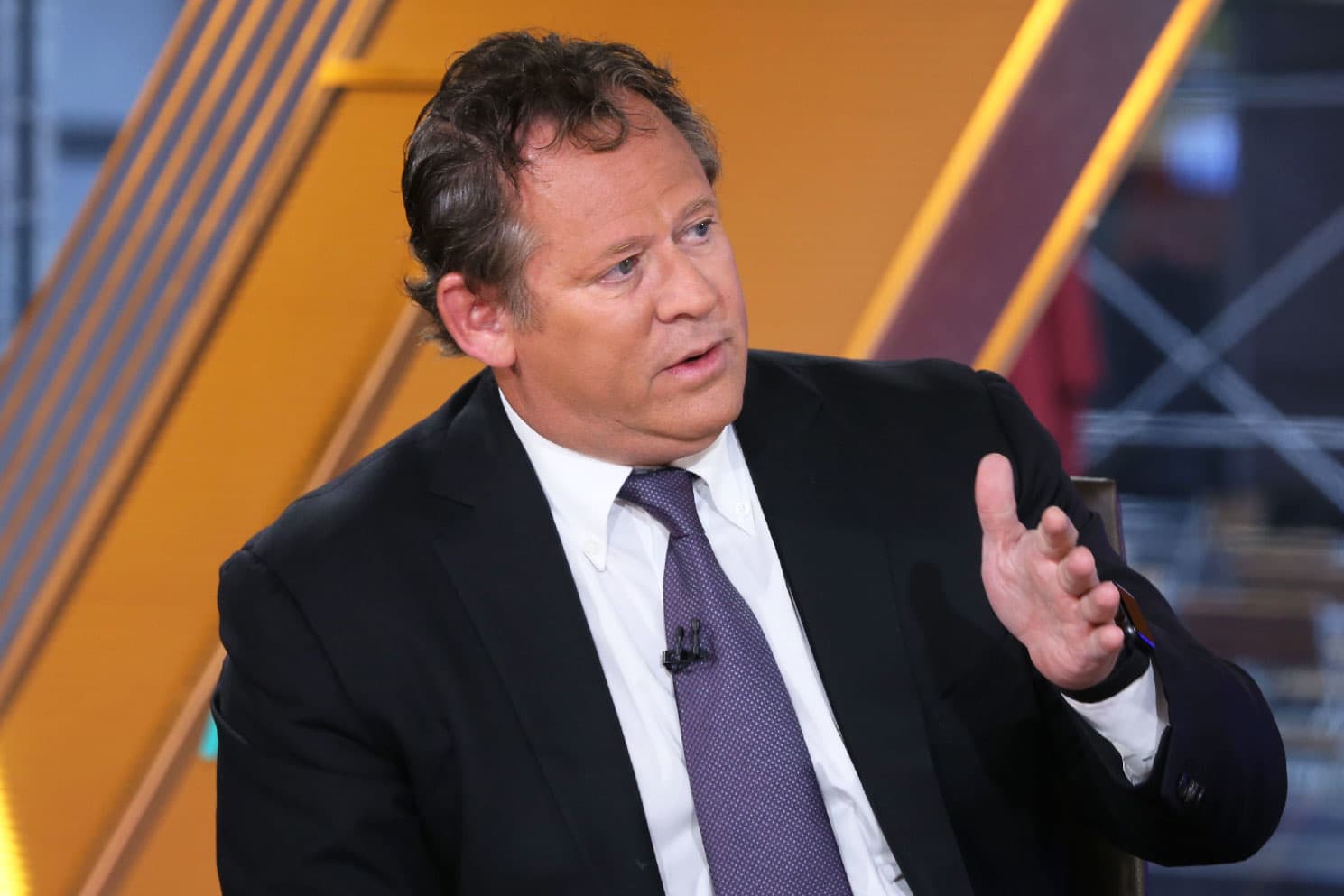After the rescue of First Republic Bank by JPMorgan Chase over the weekend, leading economists predict a prolonged period of higher interest rates will expose further frailties in the banking sector, potentially compromising the capacity of central banks to rein in inflation.
The U.S. Federal Reserve will announce its latest monetary policy decision on Wednesday, closely followed by the European Central Bank on Thursday.
related investing news
Central banks around the world have been aggressively raising interest rates for over a year in a bid to curb sky-high inflation, but economists warned in recent days that price pressures look likely to remain higher for longer.
The WEF Chief Economists Outlook report published Monday highlighted that inflation remains a primary concern. Almost 80% of chief economists surveyed said central banks face “a trade-off between managing inflation and maintaining financial sector stability,” while a similar proportion expects central banks to struggle to reach their inflation targets.
“Most chief economists are expecting that central banks will have to play a very delicate dance between wanting to bring down inflation further and the financial stability concerns that have also arisen in the last few months,” Zahidi told CNBC Monday.
As a result, she explained, that trade-off will become harder to navigate, with around three quarters of economists polled expecting inflation to remain high, or central banks to be unable to move fast enough to bring it down to target.
First Republic Bank became the latest casualty over the weekend, the third among mid-sized U.S. banks after the sudden collapse of Silicon Valley Bank and Signature Bank in early March. This time, it was JPMorgan Chase that rode to the rescue, the Wall Street giant winning a weekend auction for the embattled regional lender after it was seized by the California Department of Financial Protection and Innovation.
CEO Jamie Dimon claimed the resolution marked the end of the recent market turbulence as JPMorgan Chase acquired nearly all of First Republic’s deposits and a majority of its assets.
Yet several leading economists told a panel at the World Economic Forum Growth Summit in Geneva on Tuesday that higher inflation and greater financial instability are here to stay.
“People haven’t pivoted to this new era, that we have an era that will be structurally more inflationary, a world of post-globalization where we won’t have the same scale of trade, there’ll be more trade barriers, an older demographic that means that the retirees who are savers aren’t saving the same way,” said Karen Harris, managing director of macro trends at Bain & Company.
“And we have a declining workforce, which requires investment in automation in many markets, so less generation of capital, less free movement of capital and goods, more demands for capital. That means inflation, the impulse of inflation will be higher.”
Harris added that this doesn’t mean that actual inflation prints will be higher, but will require real rates (which are adjusted for inflation) to be higher for longer, which she said creates “a lot of risk” in that “the calibration to an era of low rates is so entrenched that getting used to higher rates, that torque, will create failures that we haven’t yet seen or anticipated.”
She added that it “defies logic” that as the industry tries to pivot rapidly to a higher interest rate environment, there won’t be further casualties beyond SVB, Signature, Credit Suisse and First Republic.
Jorge Sicilia, chief economist at BBVA Group, said after the abrupt rise in rates over the last 15 months or so, central banks will likely want to “wait and see” how this monetary policy shift transmits through the economy. However, he said that a greater concern was potential “pockets of instability” that the market is currently unaware of.
“In a world where leverage has been very high because you had very low interest rates for a long period of time, in which liquidity is not going to be as ample as before, you’re not going to know where the next problem is going to be,” Sicilia told the panel.
He also drew attention to the International Monetary Fund’s latest financial stability report’s reference to “interconnectedness” of leverage, liquidity and these pockets of instability.
“If the interconnectedness of pockets of instability don’t go to the banking system that typically provide lending, it need not generate a significant problem and thus, central banks can continue focusing on inflation,” Sicilia said.
“That doesn’t mean that we’re not going to have instability, but it means that it’s going to be worse down the road if inflation doesn’t come down to levels close to 2 or 3%, and central banks are still there.”


